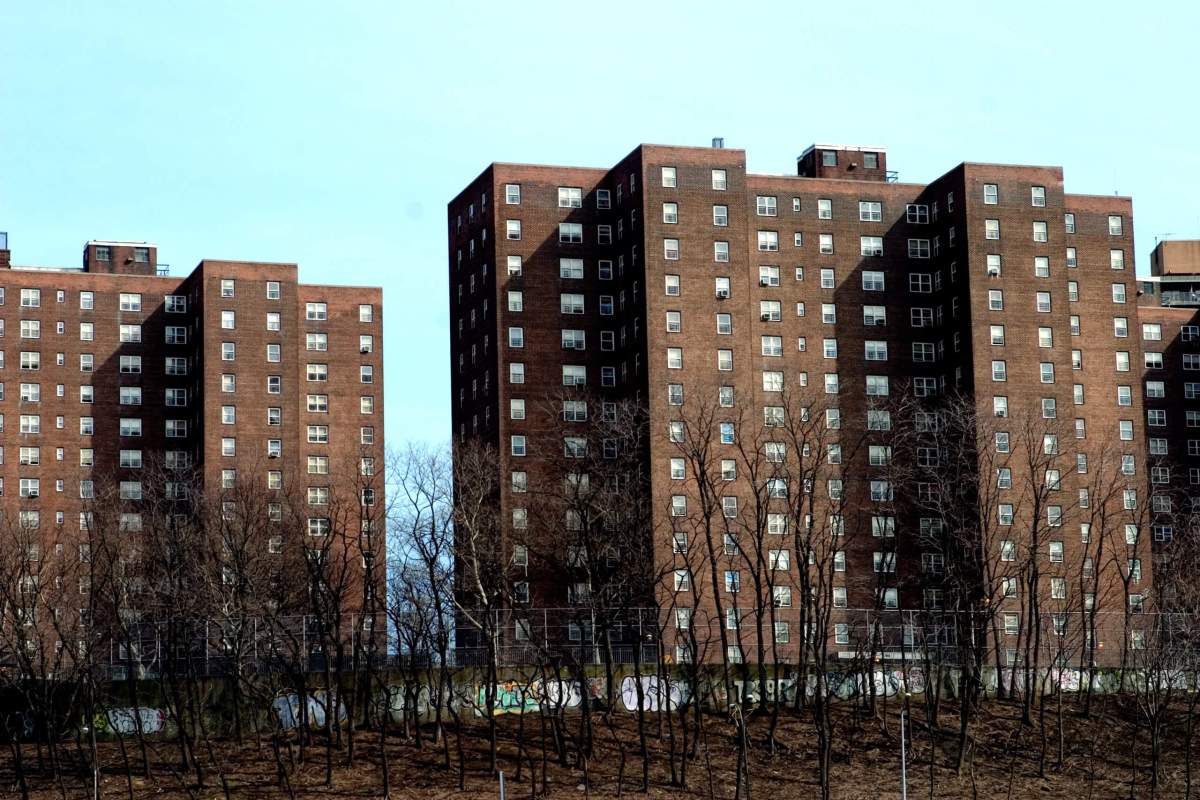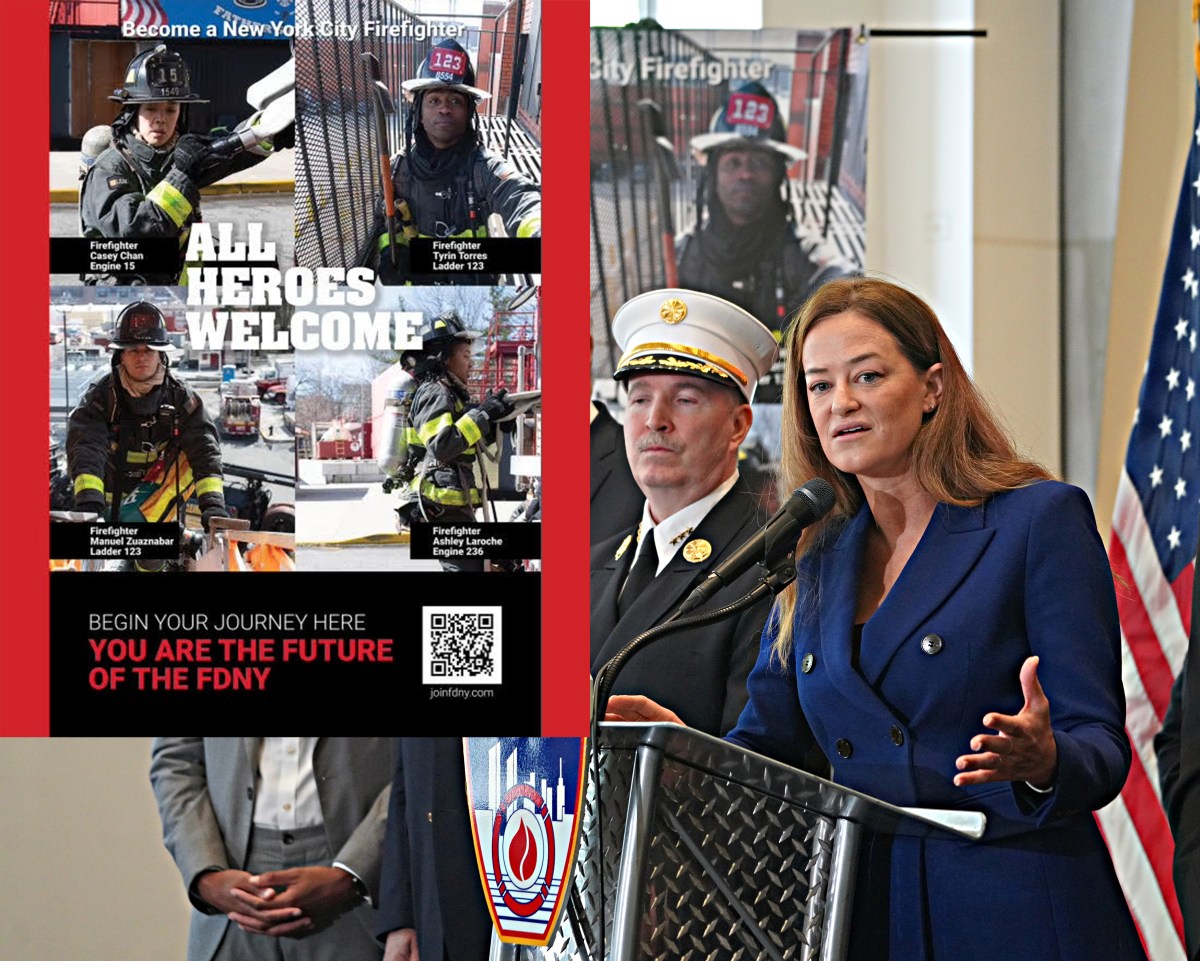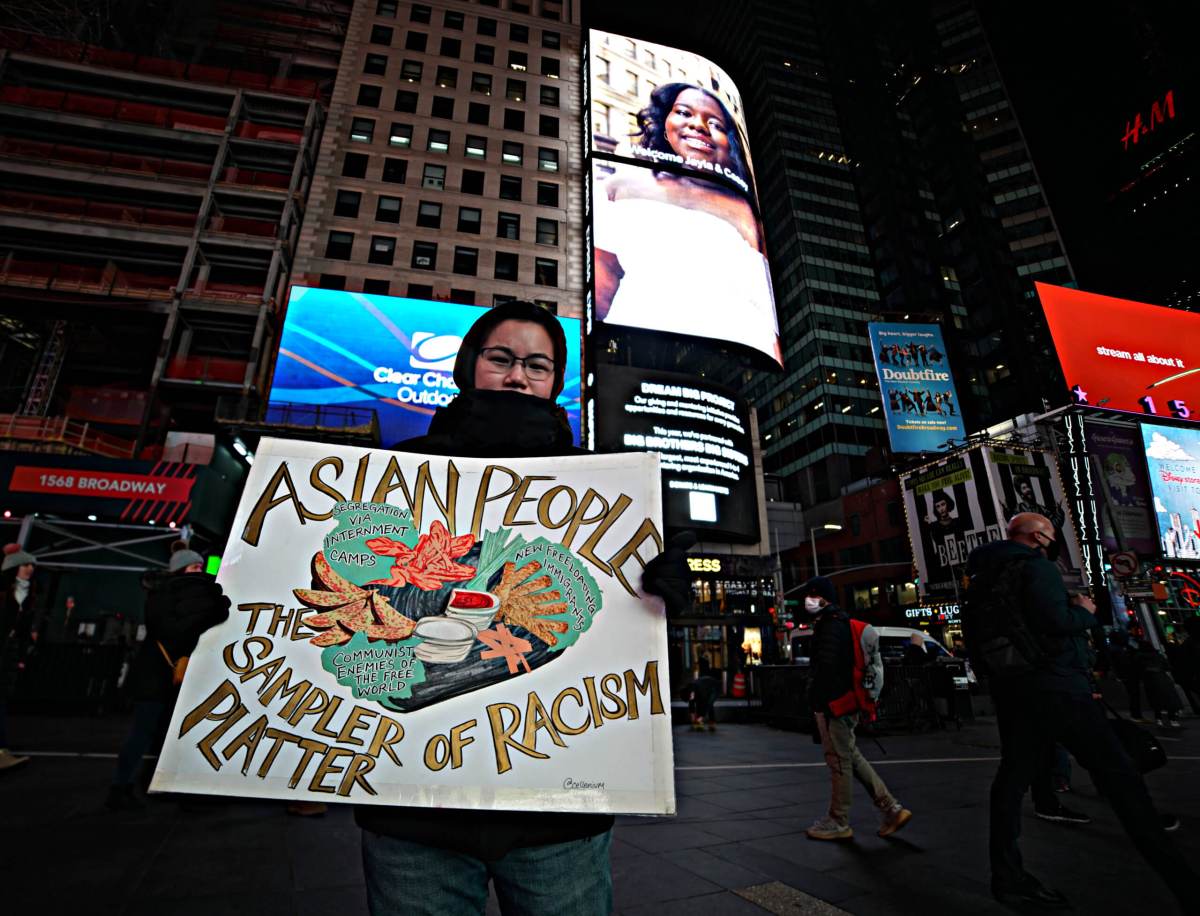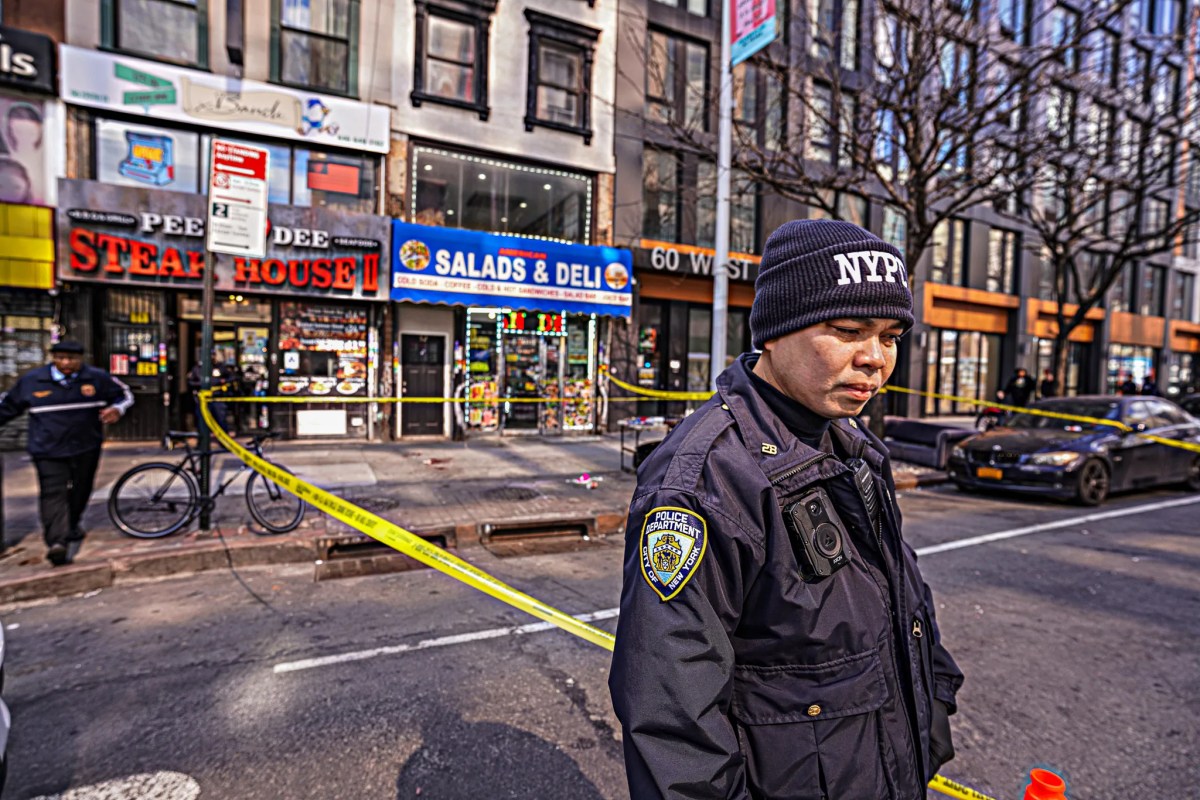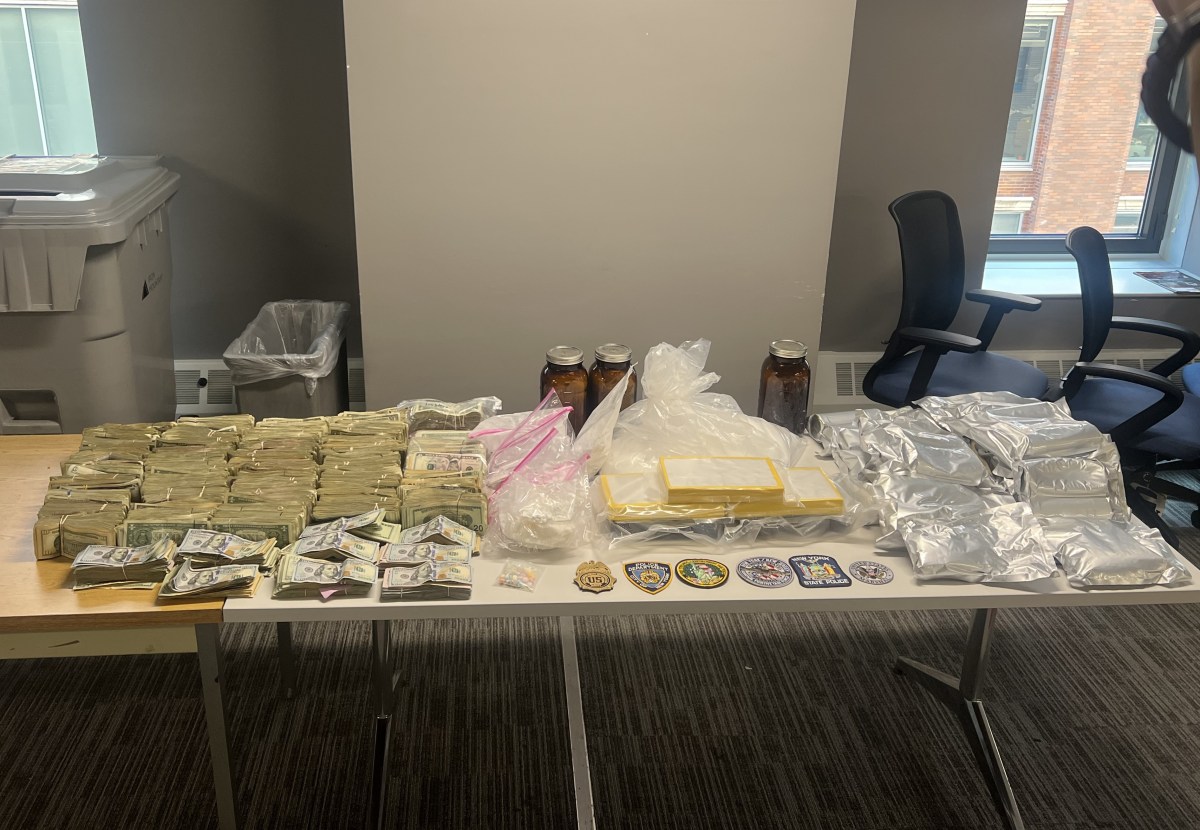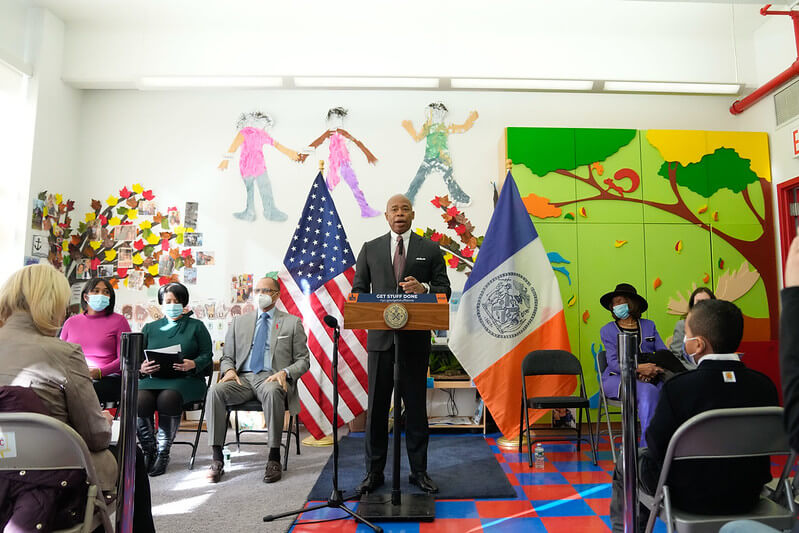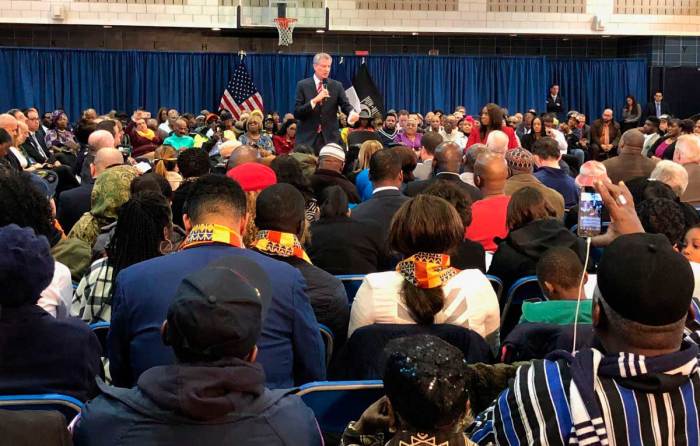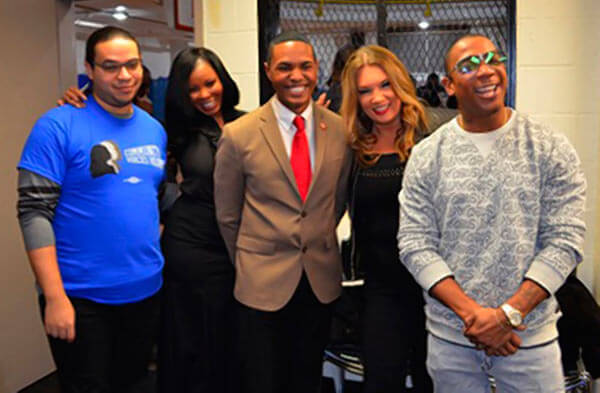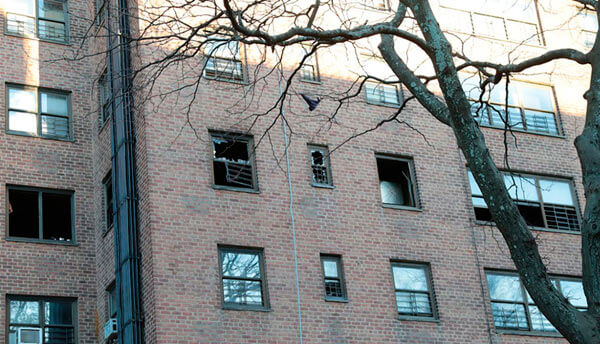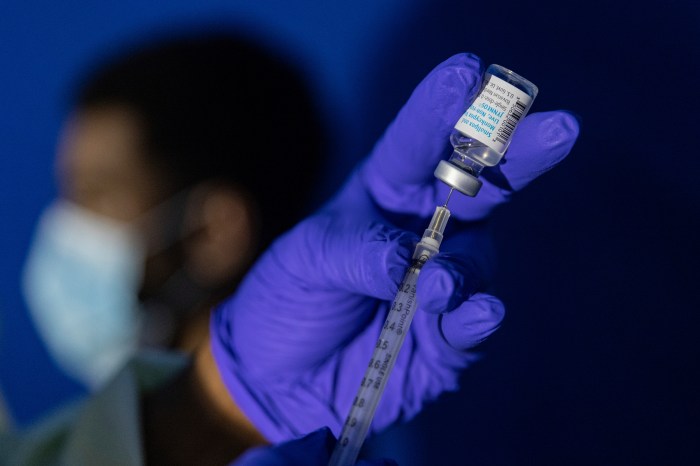When temperatures dip in New York City — home to the largest public housing infrastructure in North America, the New York City Housing Authority (NYCHA), where roughly 1 in 15 New Yorkers live in more than 177,000 apartments within 335 housing developments — residents of public housing often find themselves resorting to any means necessary to stay warm.
Gloria Alvarez, a resident of Edenwald Houses, said that for two straight winters she’s been without adequate heating, and will often resort to finding warmth by sleeping in her bulky North Face jacket or using her gas oven to keep a family of four warm.
When weather isn’t afflicting residents, Bronx public housing tenants told the Bronx Times that other issues like rodent infestations, mold and asbestos are often neglected.
“I think there’s a perception that because we live in public housing, we signed to live in neglected units, but that’s not fair,” said Alvarez. “My family grew up in this home for 40 years, and they’ve seen a time when people cared about public housing and prioritized it.”
An estimated 900,000 households living in federal public housing are facing severe health and safety risks, including indoor air pollution from fossil fuel appliances and other asthma triggers like asbestos and mold.
On Tuesday, a host of housing, public health and environmental groups are petitioning the U.S. Department of Housing and Urban Development (HUD) to make a concerted effort to address shortfalls in the nation’s public housing infrastructure, including decarbonization of buildings, immediate remediation of asbestos and mold-ridden units and plans to address insufficient heat during cold spells.
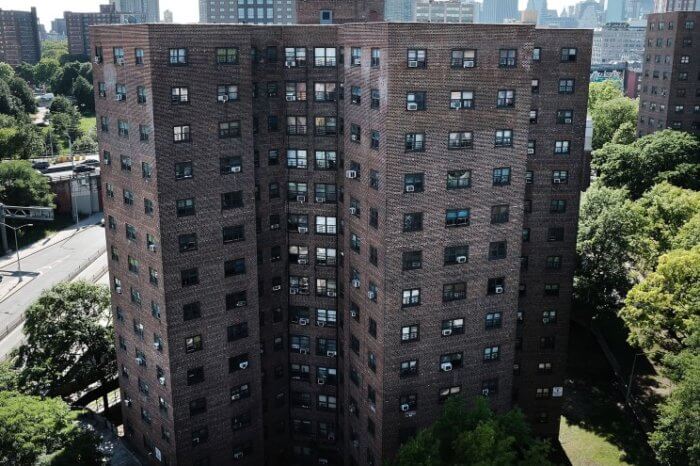
Citing HUD as the “nation’s largest landlord,” petitioners say the federal government has the “authority and responsibility” to eliminate hazardous toxins and gases from public housing caused by asbestos and mold in poorly managed buildings.
Petitioners say that public housing residents — overwhelmingly represented by Black and Hispanic tenants — suffer from higher and disproportionate rates of asthma, which advocates say are exacerbated by the poor public housing conditions, neglected or delayed repairs and indoor air pollution from fossil fuel appliances.
According to a 2013 Asthma and Allergy Foundation study, children who live in homes with gas stoves are 42% more likely to develop asthma symptoms, and Black children are nearly three times more likely to have asthma as white children.
When NYCHA was first created in 1934 — NYC’s first public housing complex opened a year later in Manhattan’s Lower East Side — it was to alleviate a housing crisis caused by the Great Depression and was the first agency in the U.S. to provide publicly funded housing. Fast forward to 2021 and NYCHA was named to Public Advocate Jumaane Williams’ worst landlord list for the fourth year in a row, a far cry from the promise that then-Mayor Fiorello La Guardia envisioned for the agency and its tenants.
“In public housing, there are issues we are trying to address that have made folks feel unhealthy, unsafe, unwelcome in their homes,” Dani Replogle, an attorney with The Public Health Law Center. “People have lived in public housing for generations and they care about their community. But a lot of problems … are driven by systemic racism and disinvestment.”
The petition to HUD was submitted by The Public Health Law Center with other housing, health and environmental justice organizations including WE ACT for Environmental Justice, which recently conducted a pilot project that replaced gas stoves with induction cooktops in 10 Bronx public housing residences.
In NYC, where sky-high rent, inflation and the warehousing of nearly 60,000 rent-stabilized apartments are creating mass housing insecurity, advocates believe an improved and fully funded public housing infrastructure can help create a pathway to stability.
NYCHA sets the household rent at either 30% of the household’s adjusted gross income or the designated rental rate, whichever is lower.
A new law signed by Gov. Kathy Hochul in May will unlock NYCHA’s ability to invest billions of dollars to stabilize its buildings by establishing the Public Housing Preservation Trust as a public benefit corporation able to issue bonds and raise capital for comprehensive building renovations and improvements.
But some are bullish on these promises, citing years of stalled or delayed construction and lack of community feedback and engagement opportunities for public housing tenants.
Marquis Jenkins, a community organizer who has lived in the city’s public housing system for 39 years, is hoping a Nov. 1 rally at City Hall for residents of Mott Haven’s Millbrook Houses — who cite years of residential complaints with little follow-through from NYCHA — will be a growing trend where public housing residents are heard and subsequently included in future policies to improve quality of life in NYCHA buildings.
“There used to be all these different (public housing) resources that we have now lost due to lack of funding. There was a time where there was an abundance of funding coming into public housing and we were able to create flourishing communities,” said Jenkins. “It is not only about funding and providing adequate management of public housing, but it is also about expanding the public housing model, especially in this era where we are seeing severe homelessness … in our city.”
Yuwa Vosper, policy and regulatory manager for WE ACT, said their petition to HUD is a holistic effort urging the federal agency to upgrade public housing by ensuring older polluting gas appliances are replaced with clean, electric models.
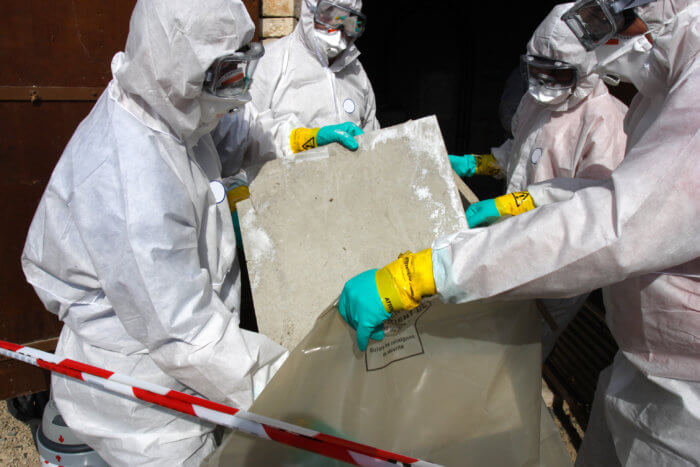
And petitioners also tell the Bronx Times that their list of recommendations to HUD hope to significantly improve indoor air quality, while lowering energy costs and avoiding health care costs altogether for asthma-related hospitalizations and emergency room visits for public housing residents.
“Public housing is to provide an affordable way of living, but we are looking at the root issues and substantive improvements that need to be done in public housing,” said Vosper. “Things like lead, mold (and) asbestos need immediate remediations because you’re sealing people into death traps when they aren’t addressed.”
Asbestos is particularly common in older buildings constructed before 1980, and according to a NYCHA fact sheet, 175 out of NYCHA’s 302 developments are 50 years or older, including 36 developments that are 70 years or older.

